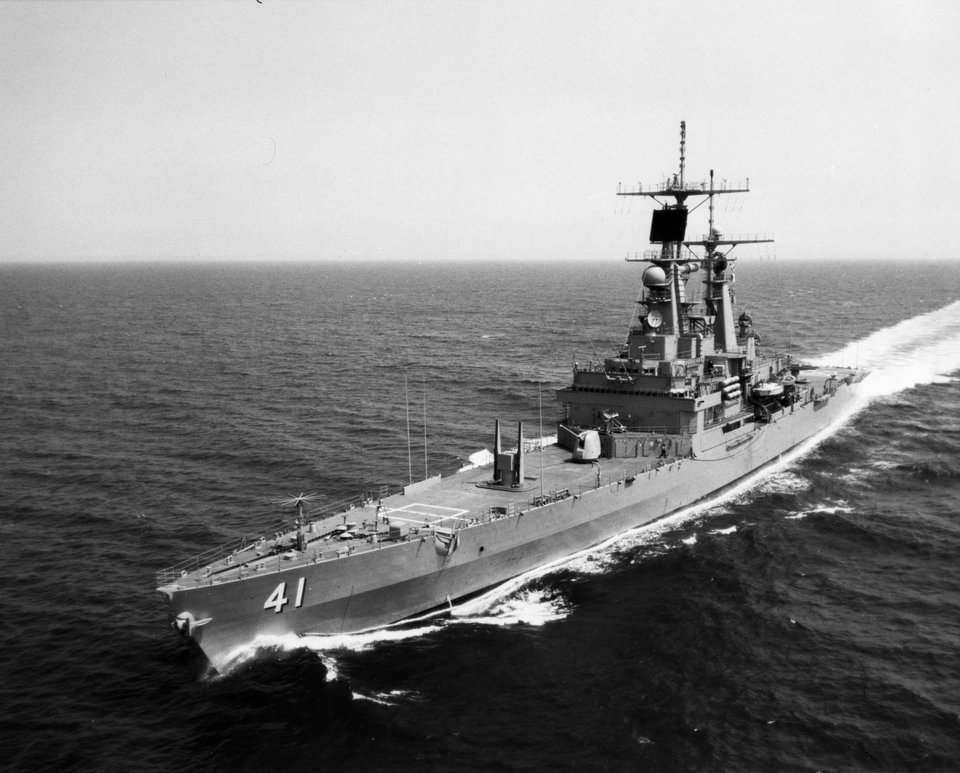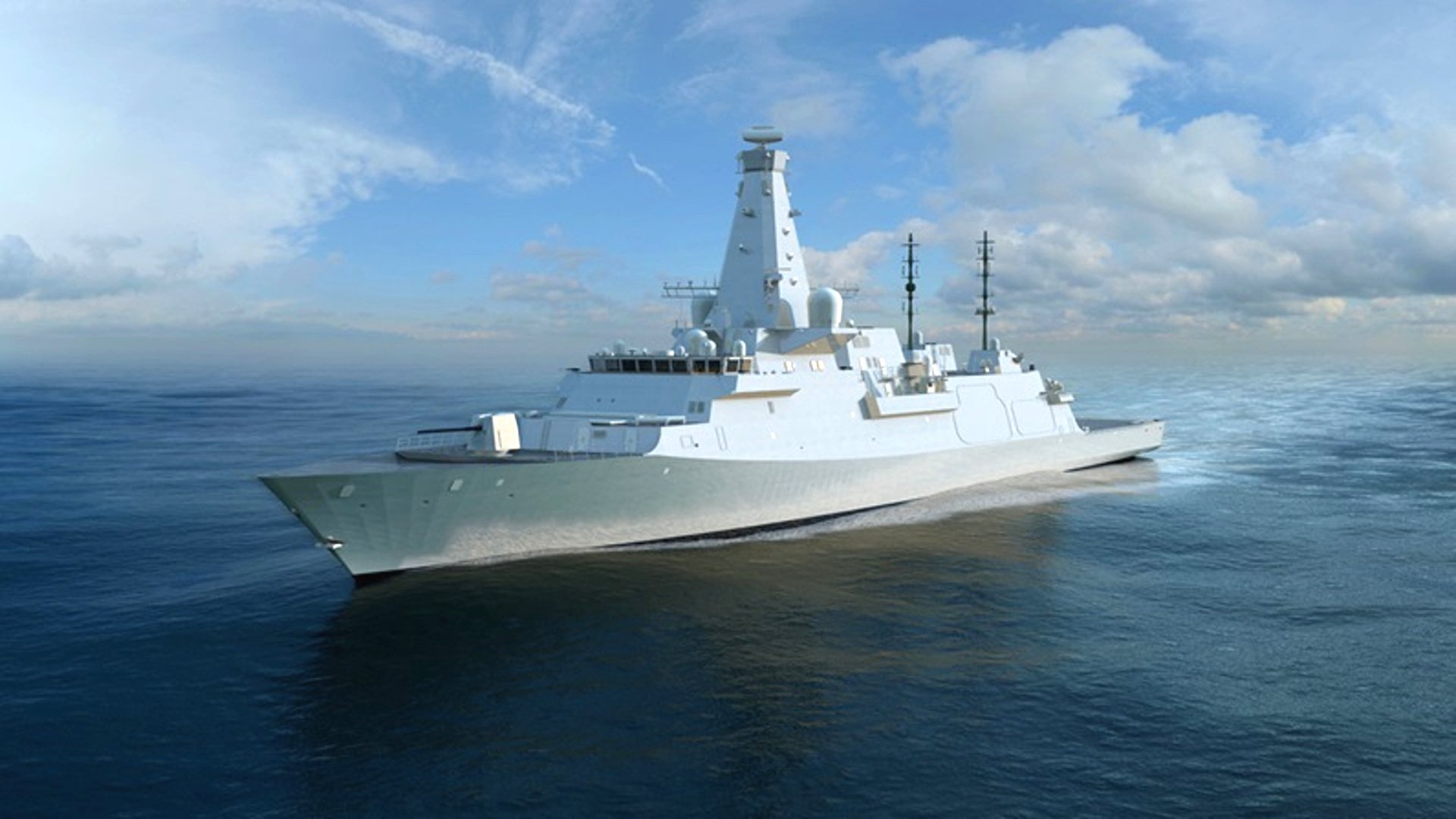Long Beach dates back to the 1950’s when the Navy was looking at building new, pure missile cruisers and, led by CNO Arleigh Burke, developing an interest in nuclear-powered surface ships. Interestingly, most of these early design plans included provision for Polaris missiles, Submarine Launched Ballistic Missile SLBM.

The Navy viewed cruisers as hard-hitting, offensive platforms. Initial design cost estimates were in the $90M range but that quickly proved to be far too optimistic. Further demonstrating the Navy’s view of cruisers as offensive weapons were the desire to include a powerful and comprehensive ASW suite meant to support independent operations as opposed to being limited to part of a carrier escort group. Eventually, all of the designs coalesced into SCB 169 which became the Long Beach and the ship was included in the FY57 shipbuilding budget. The ship would be 720 ft long and have a displacement of 16,000 tons. Long Beach was commissioned in 1961. The ship was designed with space amidships for Regulus II cruise missiles and structural provision for 8 Polaris missile launch tubes.

The SPS-32/33 radars were mounted on the now-iconic block superstructure which she shared with Enterprise. The radar system was tied into the Naval Tactical Data System (NTDS), a forerunner of the modern, computerized combat control systems. Long Beach initially entered service without the SPS-33. The combination of Talos missile system and NTDS allowed the ship to shoot down two MiGs at ranges of around 60 miles during the Vietnam War. A 1968 refit installed conventional SPS-12 air search radar due, in part, to the poor reliability of the new radars and the need for IFF functionality.
Source: The Drive









